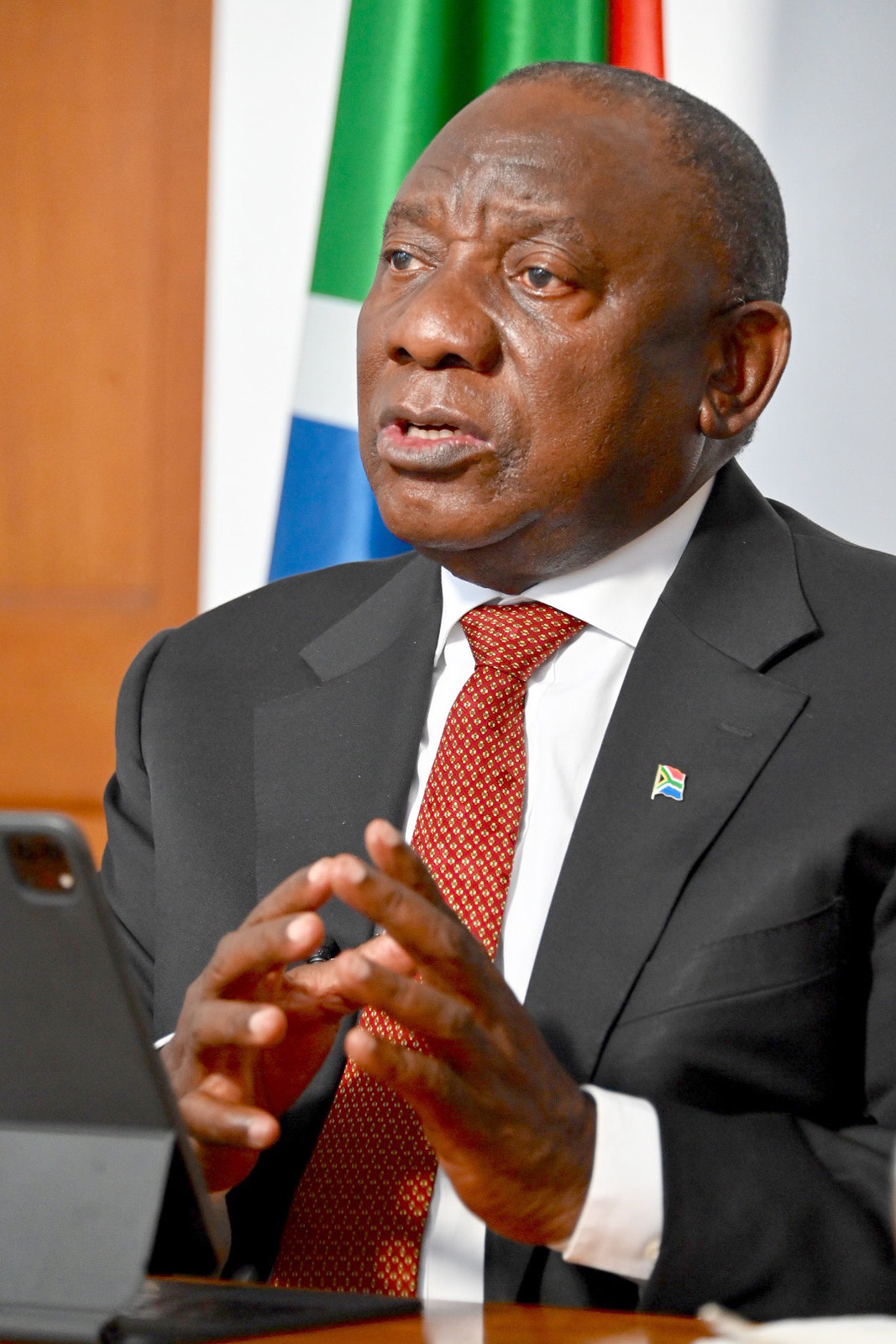SINCE the onset of the coronavirus pandemic early last year, we have been waging a struggle on many fronts. We have been working to save lives, restore human health and protect livelihoods, and all the while revive an economy that was deeply damaged by the pandemic.
As we intensify these efforts in the face of a third wave of infections, we are greatly encouraged by the latest evidence of economic recovery.
Last week, the South African Revenue Service (SARS) announced that we recorded yet another record trade surplus in May, to the value of R54.6 billion.
The surplus is due to a 1.5% increase in exports between April and May. Our trade balance surplus has been increasing year on year.
The trade surplus is primarily driven by mineral and precious metal exports as well as exports of vehicle and transport equipment, chemical products and agricultural products.
High commodity prices and rising global demand is good for our economy, particularly the mining sector.
Rising global metals prices will play a significant role in accelerating our recovery from the pandemic downturn. In addition, they open up a host of new opportunities in the mining value chain, boosting the fortunes of the mines themselves and with them the suppliers of capital goods and the options for beneficiation.
Mining has always had a dual role in our economy and society.
On the one hand, mining contributes over half of our goods exports, around 10% of GDP and 5% of employment. It is a pillar of our capital goods industry. It is not a coincidence that when global metals prices peak, our economy and job creation also surge.
On the other hand, mining has historically been central to South Africa’s deep inequalities. Ownership is concentrated in a few huge companies, while workplaces, pay-scales and communities around the mines are still largely shaped by discriminatory relationships established under apartheid.
The challenge is to benefit from the mining boom while laying the groundwork for more diversified, inclusive and environmentally sustainable growth.
We need to ensure that the returns from mining are used to promote more employment-friendly activities, and that they empower mineworkers and mining communities.
We have to direct investments in infrastructure and a more efficient regulatory framework to both take advantage of new opportunities in mining and to support overall growth once the upward cycle in commodity prices ends.
In constant dollar terms, prices for most of our metals exports – led by platinum, gold and iron ore – are now as high as they were at the peak of the last commodity boom in 2011.
These prices have helped sustain the economy despite the sharp decline in the hospitality and tourism industries.
As a result, our growth has recovered far better than we thought possible in the bleak days of last April, although employment creation is still far behind.
Now is the time to facilitate investment along the mining value chain to promote broader job creation, small business development and growth in dynamic new industries.
Investment in infrastructure is a crucial part of government’s contribution to growth in mining.
We have seen that with the rapid growth in the platinum belt over the past 20 years. Kumba Iron Ore would not exist without Transnet’s bulk ore lines from the Karoo to the coast. The new mining developments in the Waterberg in Limpopo depend on the state for efficient and low-cost transport and energy.
But government also faces a host of other worthy demands for infrastructure support. They range from providing basic services for communities hit by the COVID-19 crisis, to upgrading industrial sites for manufacturing, to fixing the national electricity system.
The challenge in these circumstances is to use investment in infrastructure for the mining value chain to improve conditions for all of our producers and our communities.
Our new investments in mining must mobilise resources from outside of the government and contribute to broader economic development.
Our recent decision to facilitate private generation of electricity up to 100 MW demonstrates the kind of smart measure that we need.
It crowds in investment from the mines and refineries for renewable generation, helps to stabilise the electricity supply for producers across the economy and gives Eskom space to improve maintenance on its own plants.
Similarly, mining projects can help pay for bulk water developments, which also serve our communities, for the transport corridor from eThekwini through Zimbabwe and beyond and for better broadband access in rural areas. We need to design these projects so that they support new economic activities in agriculture, manufacturing and services and also empower smaller businesses. In short, these projects must leverage our mineral riches to support broad-based industrialisation.
In 1965, independent Ghana’s first President Kwame Nkrumah exhorted parliamentarians to use the country’s natural resources as a catalyst for development.
He said: “We have the blessing of the wealth of our vast resources, the power of our talents and the potentialities of our people. Let us grasp now the opportunities before us and meet the challenge to our survival.”
As South Africa we too now face a challenge to our economic survival. Mining is vital to our economy, and will continue to be for the foreseeable future.
Let us grasp the opportunities that exist in this sector so that mining can help guide our path to a more inclusive and equitable economy.
- From the desk of the President



